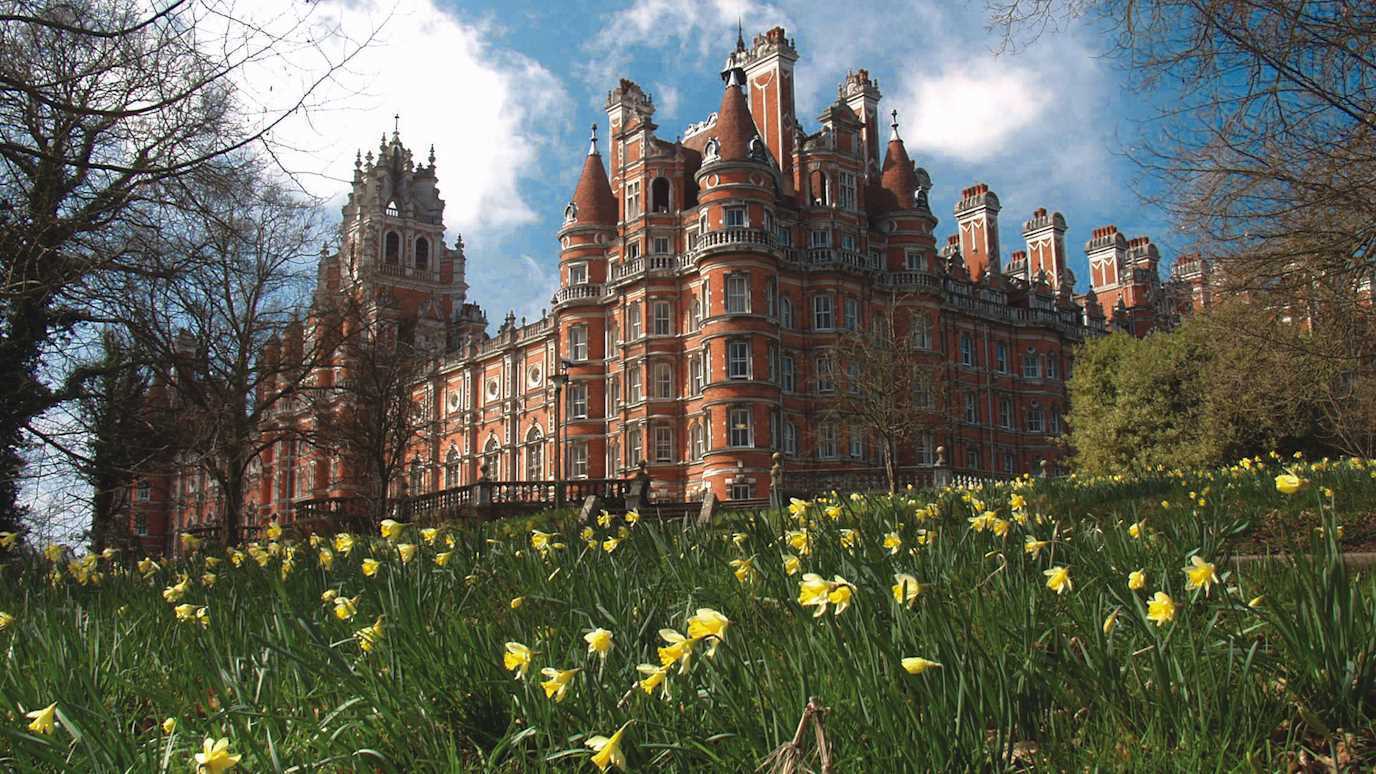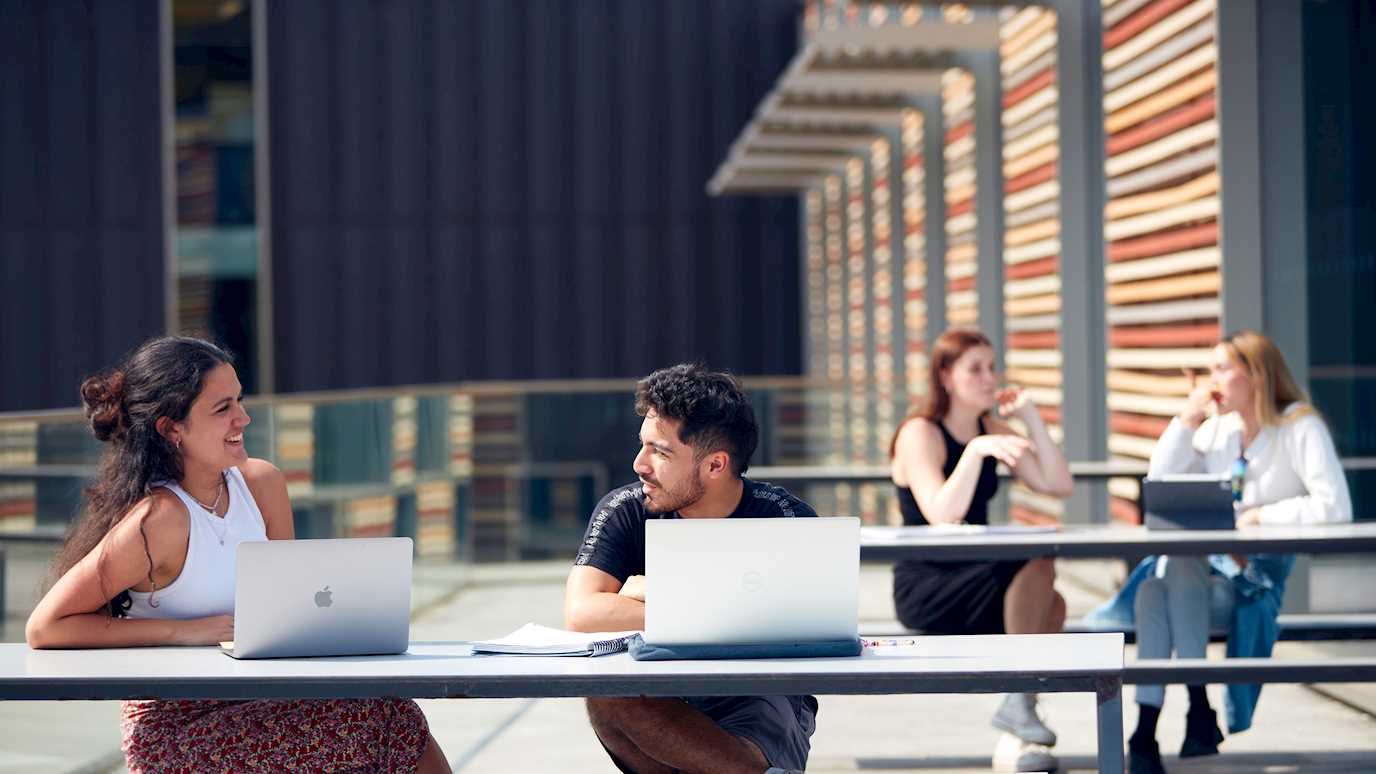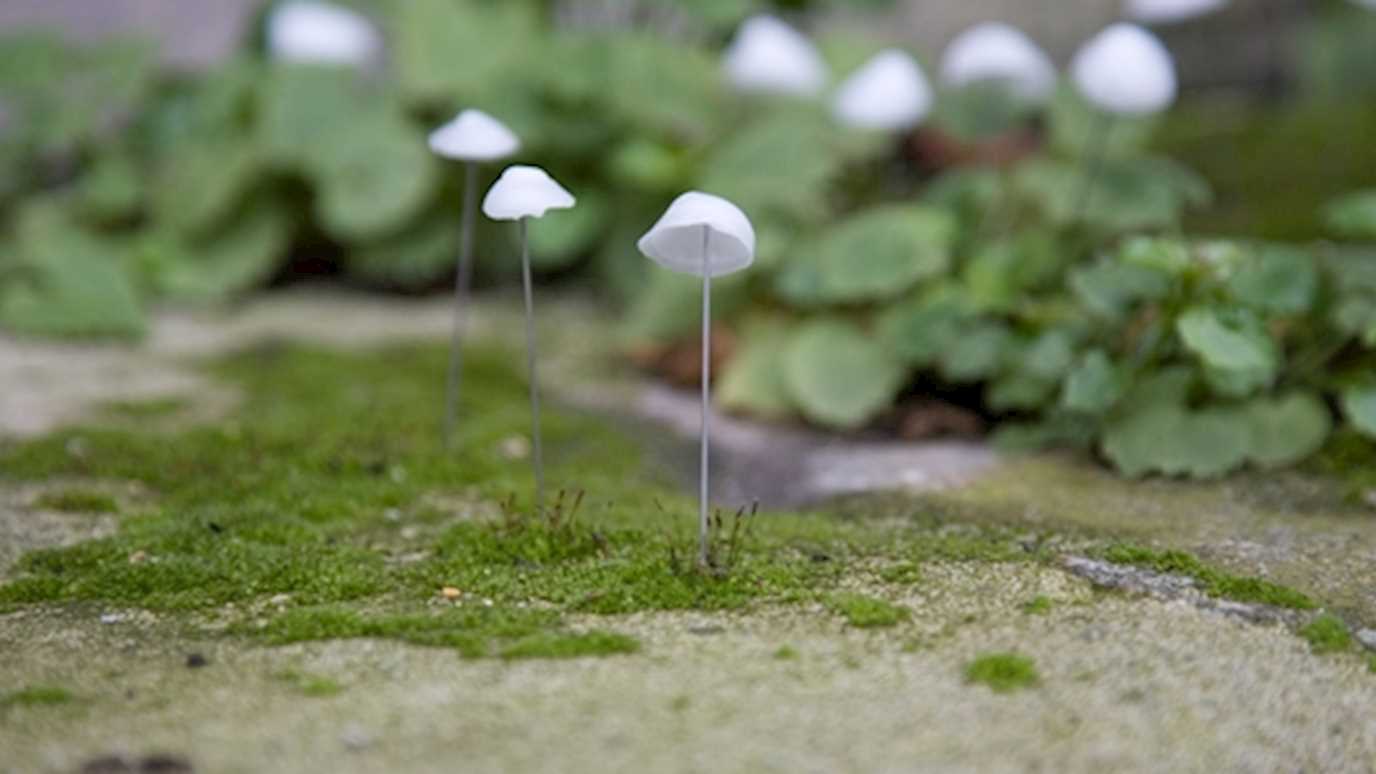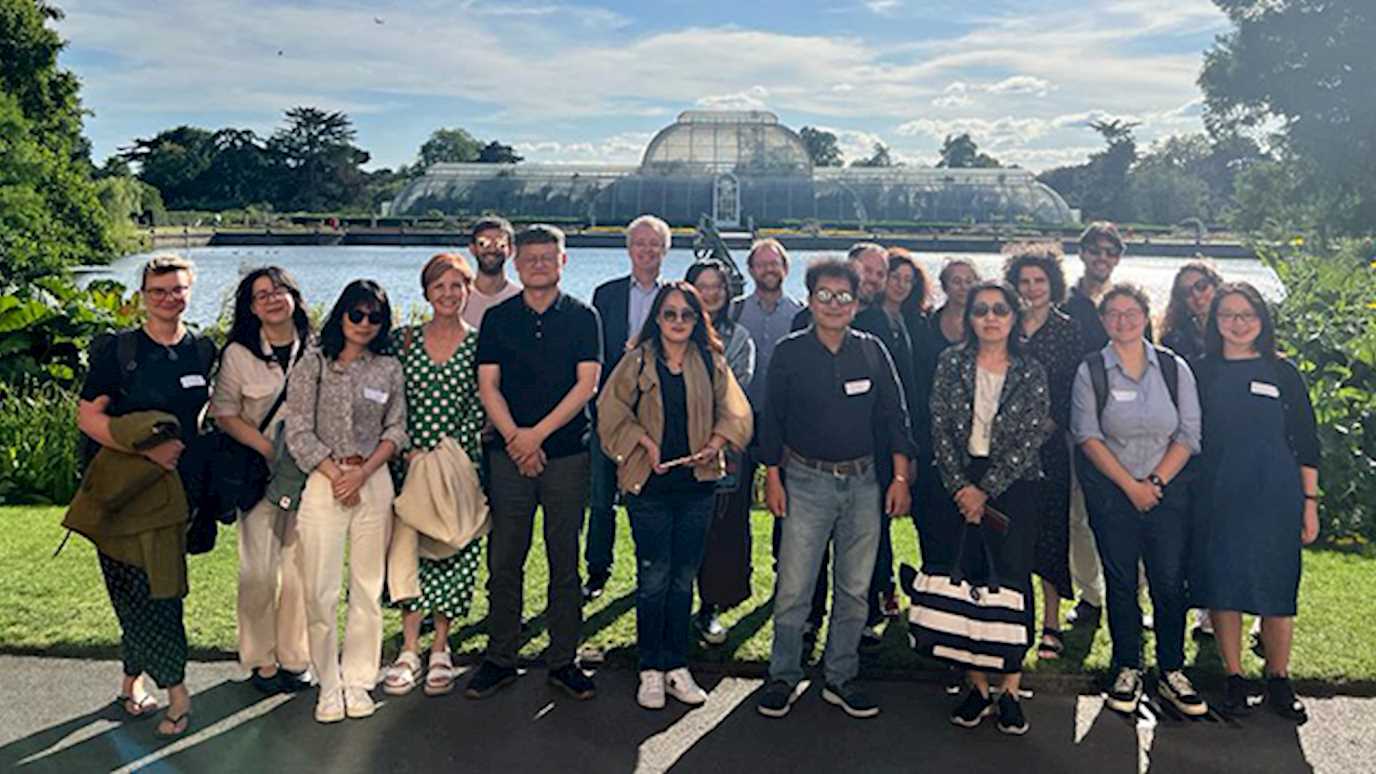
Knowing the Underground: Science, Exploration and Embodied Engagement with Subterranean Spaces.
Funded by a Leverhulme Trust Artst in Residence grant
Subterranean spaces conjure up powerful geographical imaginaries; the unknown lurks in their dark unfathomable depths; their damp volumes unsettle, disarming with their challenge to visually dominated sensory regimes and discomforting with experiences of confinement and containment. They are spaces of capitalist exploitation and scientific fascination and significance, where bones and material culture are dug up and dated, where sediments enable the recreation of past environments and the prediction of future ones, and where nature and technology come together to exploit resource rich environments and to create powerful environmental imaginaries. Taking up these themes, this residency creates a unique collaboration between artist Flora Parrott and physical and human geographers in the Geography Department at Royal Holloway, University of London.
The overall aim of the residency is: To develop a creative practice based exploration of the place of embodied engagement with underground spaces in the making of geographical knowledge past and present. In drawing together the artistic practice and research interests of Parrott and Hawkins and other geographers at RHUL this residency will explore embodied engagements with the underground both in historical records of the scientific exploration of underground spaces but also in contemporary scientific practice conducted in underground spaces.
A primary focus of the work will be developing modes of communicating interdisciplinary research by generating workshops, performance and performance lectures. Primarily the project will intersect with the Geography Department’s pioneering work with the Art and Communicating Geomorphology working group of the British Geomorphological Society.
Extending her existing work on Karst caves in Brazil and her wider work on historical and contemporary underground spaces (including as Artist in Residence at the Royal Geographical Society Collection) Parrott will develop new pieces that will contribute to her exhibitions in 2017, the focus of work being a new site-specific intervention in the RHUL Geography Department.
Project team: Flora Parrott and Dr. Harriet Hawkins
See also: http://www.floraparrott.com/
Contact details:
floraparrott@hotmail.com
Harriet.Hawkins@rhul.ac.uk














































